Summertime Nervines: Fresh and Dried Skullcap Tea Blend

I have been testing fresh and dried Skullcap in both teas and tinctures, side by side.
Verdic?
I like Skullcap. In any shape or form.
I’ve been doing tests like these for as long as I can remember. Really, testing of any kind is a type of play. Afterall, children are the best scientists and the best players.
Tea blending, medicine making, herbal body care and rituals with plants are fantastic ways to both play and test.
Teas tell a story
The stories of personally blended (by you or by gift from others) or hand-harvested teas weave unique tales.
This particular tea blend is from July, 2013, which I originally wrote about on my former herb blog. I bring it to life again because I have found myself doing the very same type of tea blending: mixing fresh and dried herbs, and with Skullcap being the chief herb.
I hope this inspires you to conduct some tea blending research of your own.
It’s not even about the results, although it’s neat when we find something particularly enjoyable, relevant or effective about herbs.
Playing with herbs is just that…play. It’s fun and creative.
Here are the original photos and the story. In the second half, I will share a similar tea that mirror this one I made this summer.
As you will see, I’m not getting into specific indications or medicinal uses. It’s all process oriented in this one.
I really like invaluable information about clinical use of herbs. But the thing is, I don’t remember that day dreamy day in July 7 years ago when I did hours of research paging through all my books, scrolling on the interwebs, sitting at my computer and wrote that amazing Materia Medica about Skullcap.
Actually, I end up cursing those days, because sitting and typing like that really mess up my body. Last March I tried to write a Materia Medica about Thyme and after 90 mins, my hips hurt so bad I had to stop. They continued to hurt for at least 10 days after (Lyme life, I tell you).
The herbal moments that I remember where spent time with the plants.
So…going back in time, here’s Celia on tea from back in the day about Skullcap tea blends:
Teas tell a story.
Finding the penultimate Rose, cutting Passionflower for a trailing bouquet with Dahlias and Sunflowers, magenta sunsets, petting kitties in the waning moonlight.

One thing I greatly appreciate about Western herbalism is the use of fresh herbs. Whether straight from the cultivated garden, dug from an abandoned lor or pulled from the sidewalk cracks, fresh herbs make lively teas.
Sometimes the taste of fresh herbs is milder than dried herbs, and sometimes it’s the other way around, it just depends on the herb. Herbs like Chamomile, Melissa, Mint, Skullcap, Tulsi often have a marked relaxing effect while fresh, while the dried version of the same herbs are more bitter and active on the digestion.
I always chuckle to myself when I hear Chinese medicine practitioners say that the dried herbs used to making tea are “raw herbs”. At first I thought it was because so many of the herbs are prepared in the Pao Zhi tradition, but herbs are still called “raw” when they have been prepared. Maybe it is because it is “raw” compared to the granule or pill preparations?
This summer I combined a base of dried herbs for digestion with tasty, soothing and relaxing fresh herbs. Calendula, Ginger, Dandelion Root, Milky Oats, Chamomile, St. John’s Wort and Meadowsweet often made it in my dried herb base. These herbs serve as a guide to the gut, to gently promote digestion and ground the formula. Interesting that they are mostly all yellow?!
Rose petals are almost always in my teas nowadays. The more fragrant the better. Fresh, dried or recently dried, it doesn’t matter. Rose is cooling and relaxing, entering the Heart with an affinity to the vasculature, making it a perfect addition to teas on an irritatingly hot day.
In Chinese medicine, Rose enters the Liver as well and moves stagnant Liver Qi in a gentle way, especially useful for PMS symptoms like breast tenderness, irritability, difficulty sleeping, and so on.
The Rose above is my #1 favorite cultivated rose, called Jude the Obscure from David Austin. The same Rose dried is below, the yellow highlights pronounced. The medicine in this particular plant is in its beauty; simply looking at this photo makes me feel calm and opens my heart.
The Western Skullcap is quite lovely, too. The drying process brought out color in the Skullcap as it did the Rose. It’s purpleness looks a little like another Mint family member, Perilla.
Everyday I feel this unreal, appreciative feeling when I see the weeds growing in Portland. Mint, Lemon Balm, Calendula, California Poppy, Borage. These are the weeds here!
Mint particularly is everywhere, and it ends up in my teas all the time. Fresh Mint teas are quite elating. I feel a tingling in and around my upper body when I drink fresh mint tea that I don’t feel when I drink dried mint tea. Perhaps sensations like this are how the physicians of China determined which channels the herbs entered?
Lemon Balm, Thyme, Oregano and Monarda/Bee Balm are other worthy additions, adding their fresh, green, alive, invigorating yet calming nature to the centering base of the slightly bitter dried herbs.

My favorite thing about making these teas (or most any tea) is the intuitive, creative process.
I choose a Middle Jiao (Digestive supporting) herb from my dried stash, because I want the fresh herbs to be digested easily and balanced in action and flavor. Then I go out in the yard and pick, moving from plant to plant like a bee, lingering on those that attract my attention.
These teas can be steeped and resteeped many times through the day, or the next day.
/// What kind of teas have you been drawn to nowadays?? ///

I still adore that Rose – even more than ever.
At that time, I was finishing up Chinese medicine graduate school and blending the two modalities of herbalism was very much the center of medicine making for me.
The thing is, it still is how I do things. But I haven’t had the physical freedom to move expressly with herbs, because the living situation I have had for the past 4 years limits my herbal access.
In my herb nook, I have more herbal things in less space. It’s clogged, overflowing. So my blending is limited. My ability to locate herbs slows down the creative process.
Ah! I really have to change that.
I’m working on it, actually. As soon as my Lyme bugged body will let me, I will keep work on renovating part of our attic for my work space. Reading this old post has brought me to see how much my physical space realities bog me down.
Following is what I recently wrote on Instagram about a Skullcap herbal tea blend, with photos to follow.
Skullcap cold infusion – my new favorite.
I made this sun tea, which I then forgot about. In my forgetting it then became a moon tea.
At 12:30 am after tossing and turning, unable to sleep due to an aching upper body and irritated brain, I sat up and thought, “I wish I had some Skullcap”.
I sat outside on my front porch. Listened to the now constant nighttime helicopters circling our city with a quiet, desperate, exhausted rage coming out of my SCMs, erector spinae and subscapularis (yeah, my muscles have emotions, yours too?).
Then I saw it on the concrete sidewalk under the glowing Aquarius Full Moon: the Skullcap cold infusion! Yesss!!!
Half a jar later I was tucked into bed, feeling that sleep-is-inevitable relaxed, sinking, drifting feeling in my mind, head and shoulders. And for the first time in many nights, I slept soundly.
Summertime compensatory tension calls for Skullcap.
Totally worn out, but unable to shed the stress scaffolds which are basically the only thing keeping you upright.
Unable to transition into rest no matter how exhausted you become.
Tired and wired. Pushing on despite a tense pain that you slowly adapt to as “normal”. All of these are classic indications for Skullcap.
Sending sweet Skullcap tension-releasing dreams to any of you who need some of this feeling right about now.
The plants are here to lend a hand.
They really do hold us so we don’t have to live out of balance trying to hold ourselves in nonfunctional ways.

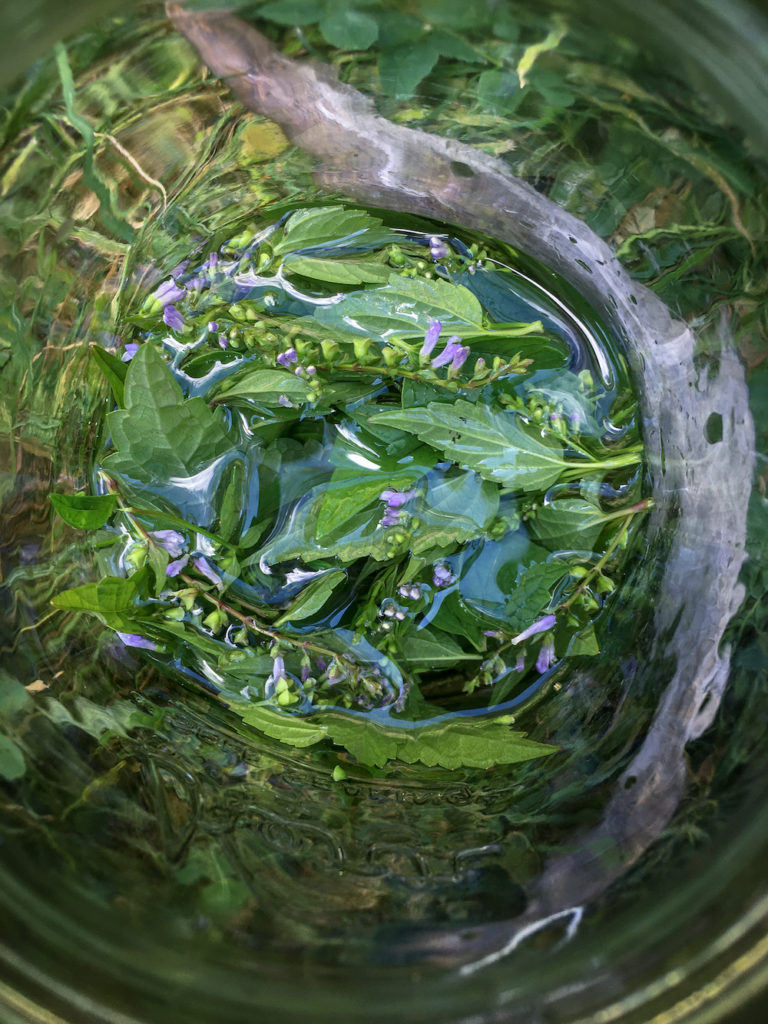


Skullcap tea blends are so soothing right now, and anytime.
In the future I hope to write about Skullcap more and share my own materia medica style about this plant. But not right now.
Writing weekly in this blog has been a worthwhile journey, and it’s been challenging to fit it in my life. Re-visiting the entry above from 2013 reminded me that we are in this for the long haul – no rush, no guilt, no shame about “doing all the things”. All in due time.
This was part of the lessons from both Skullcap and Lavender, my favorite herbs at the moment – chill out, enjoy the moment and shed the busyness stress so you can last longer.
Thank you for reading.
Take good care (and if you want – drink some Skullcap),
Celia
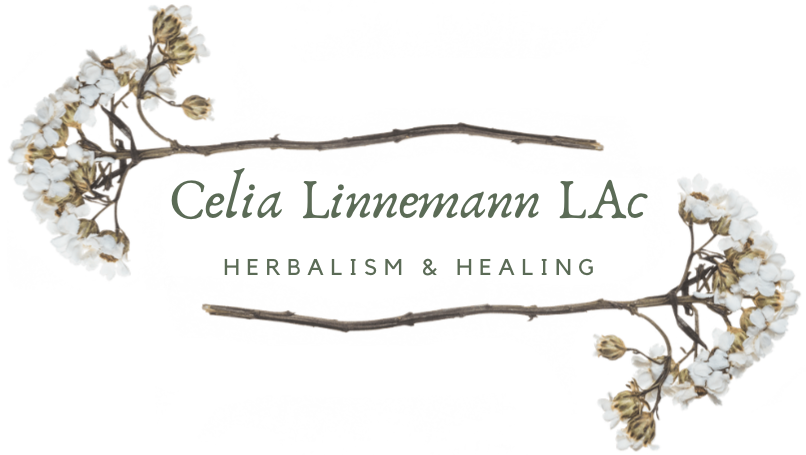



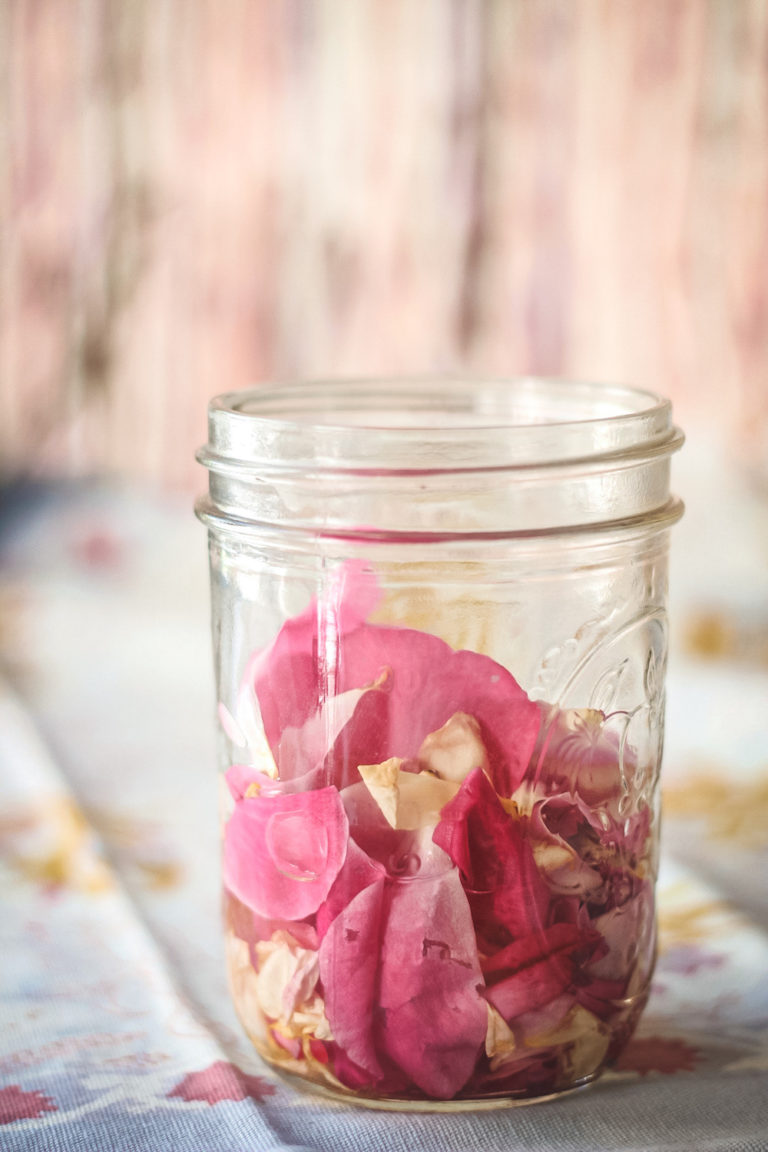
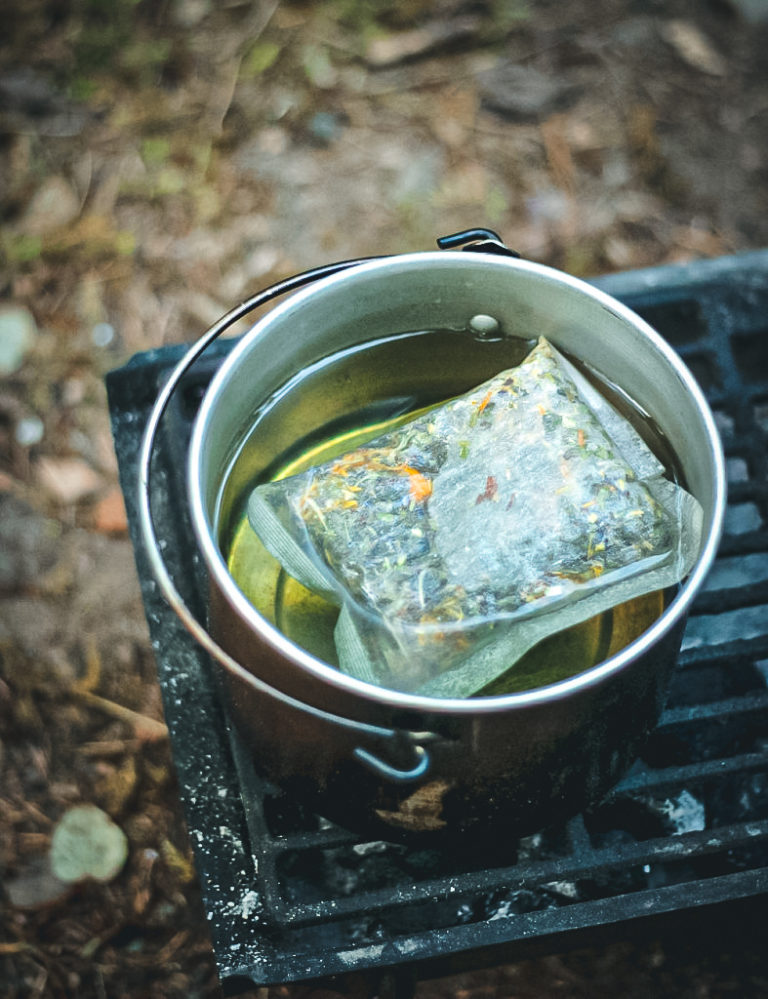
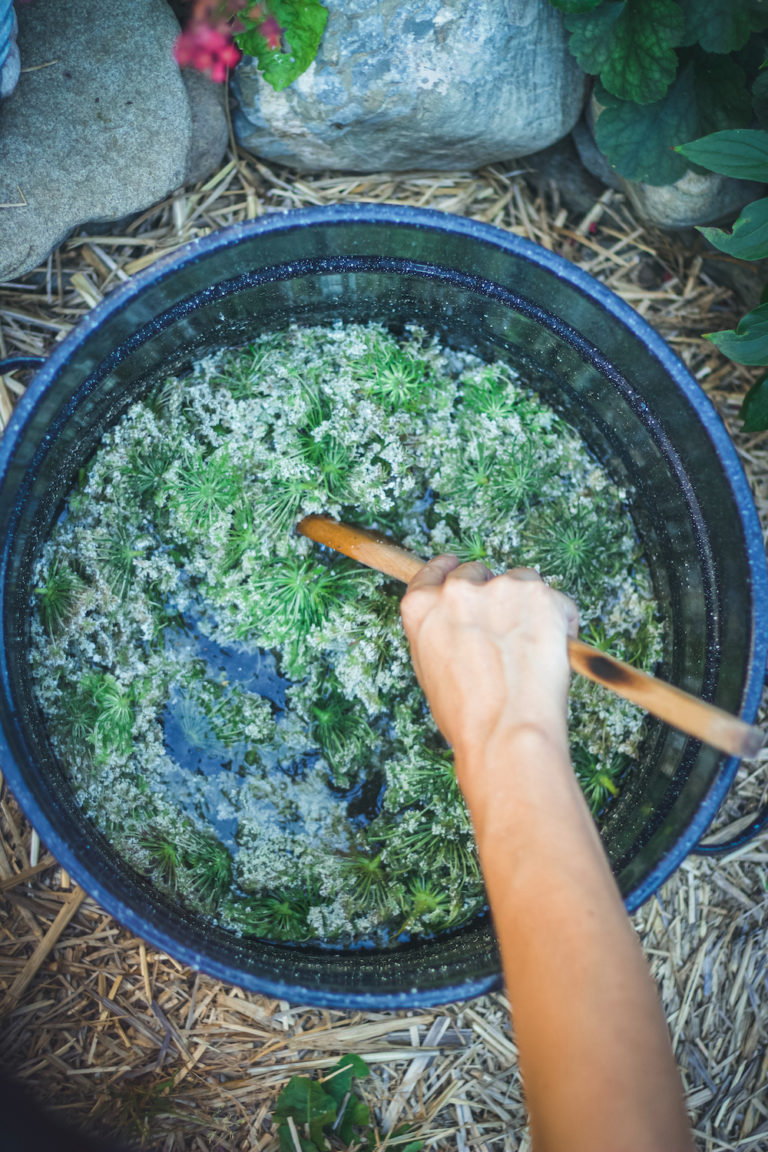
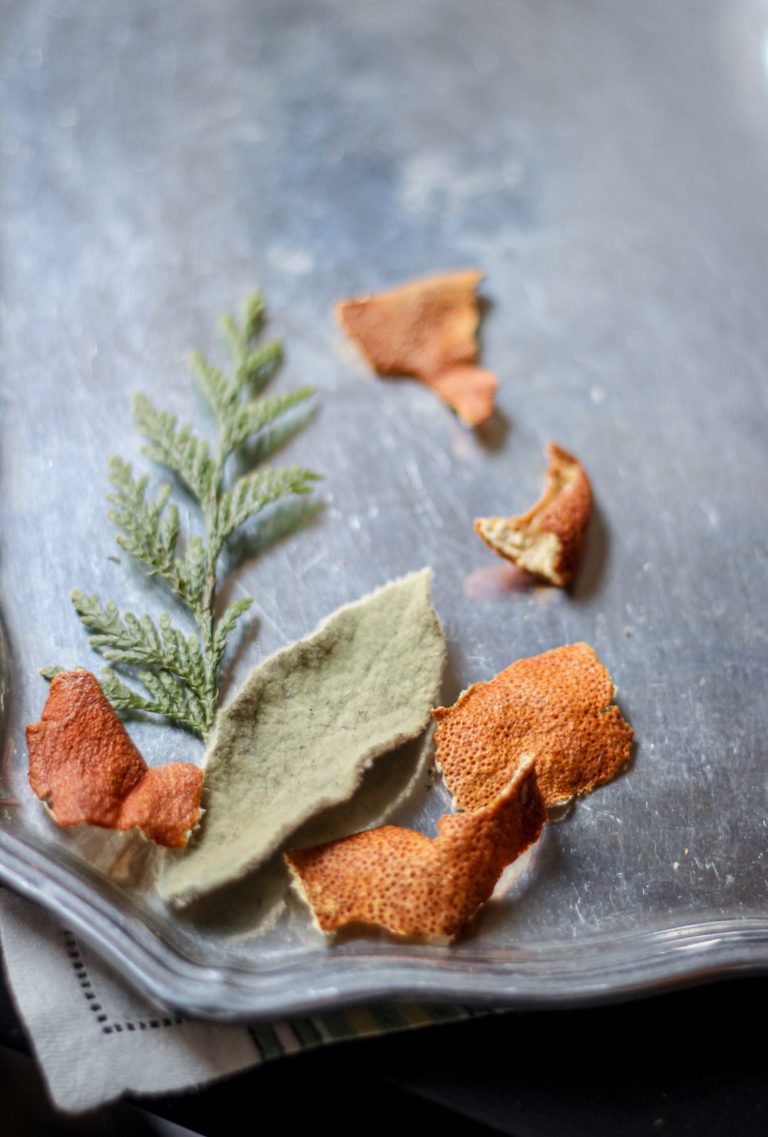
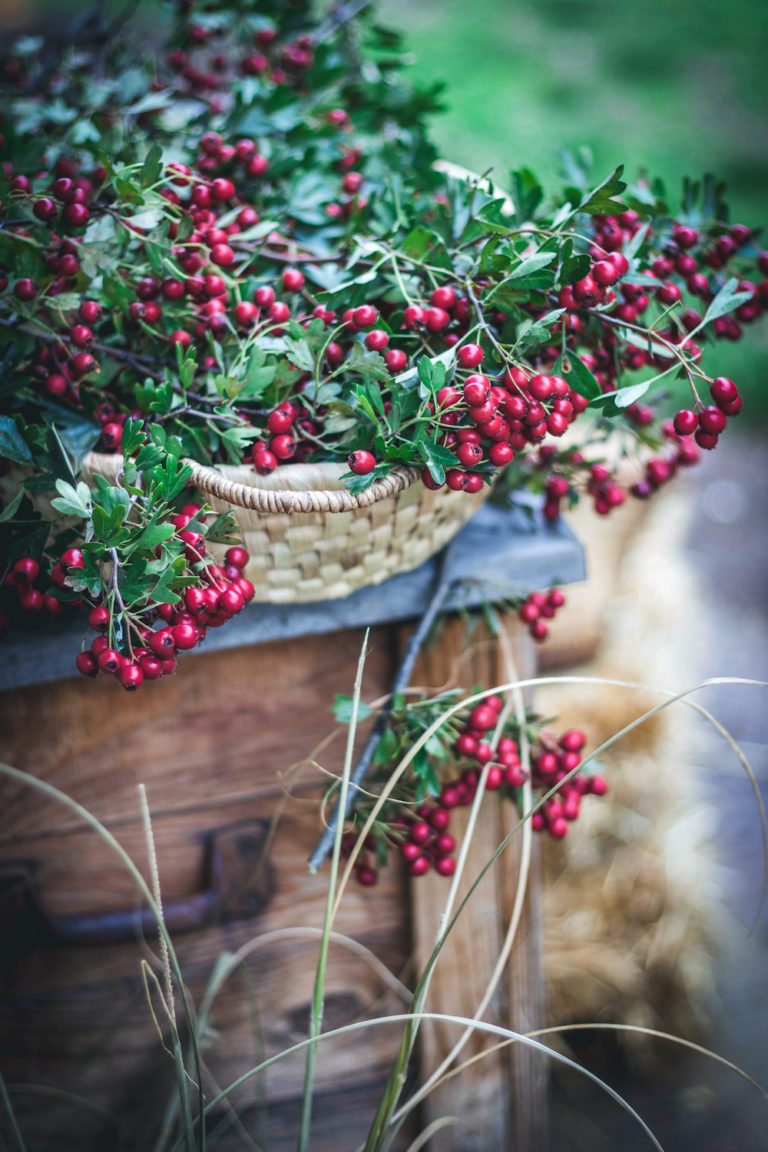
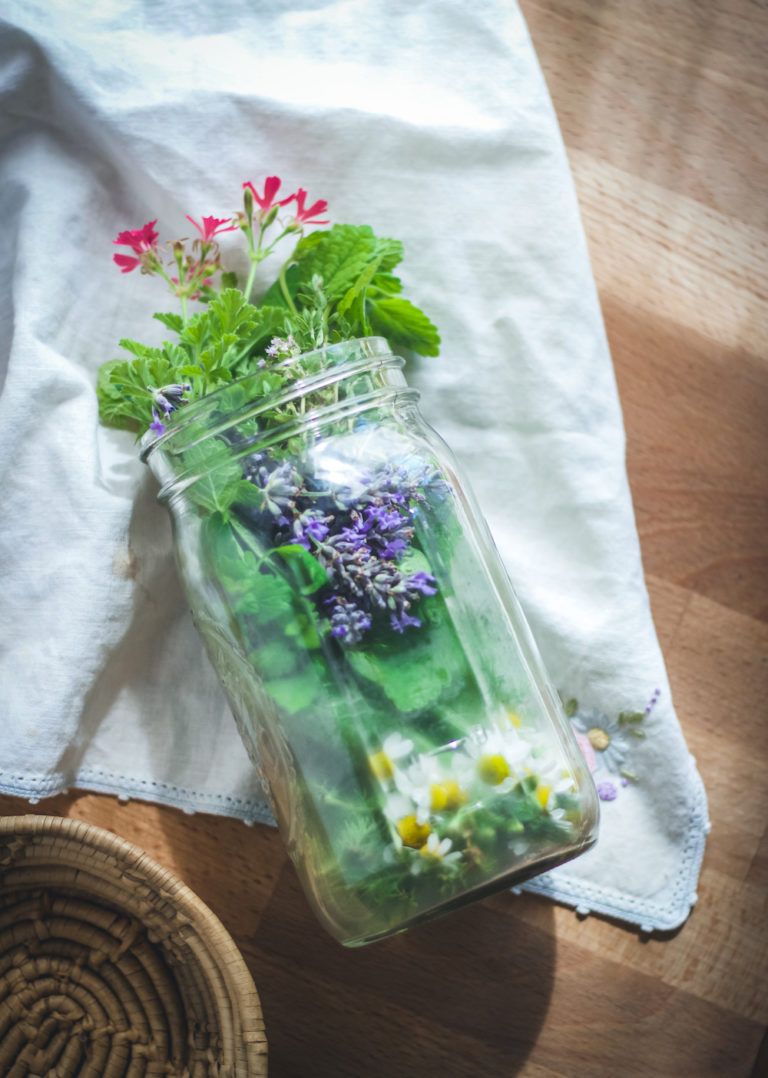
This was beautiful to read on a chilly, March Sunday evening. Thank you.
Thanks for stopping by, Tracy. Hope you had a lovely chilly March Sunday evening 🙂